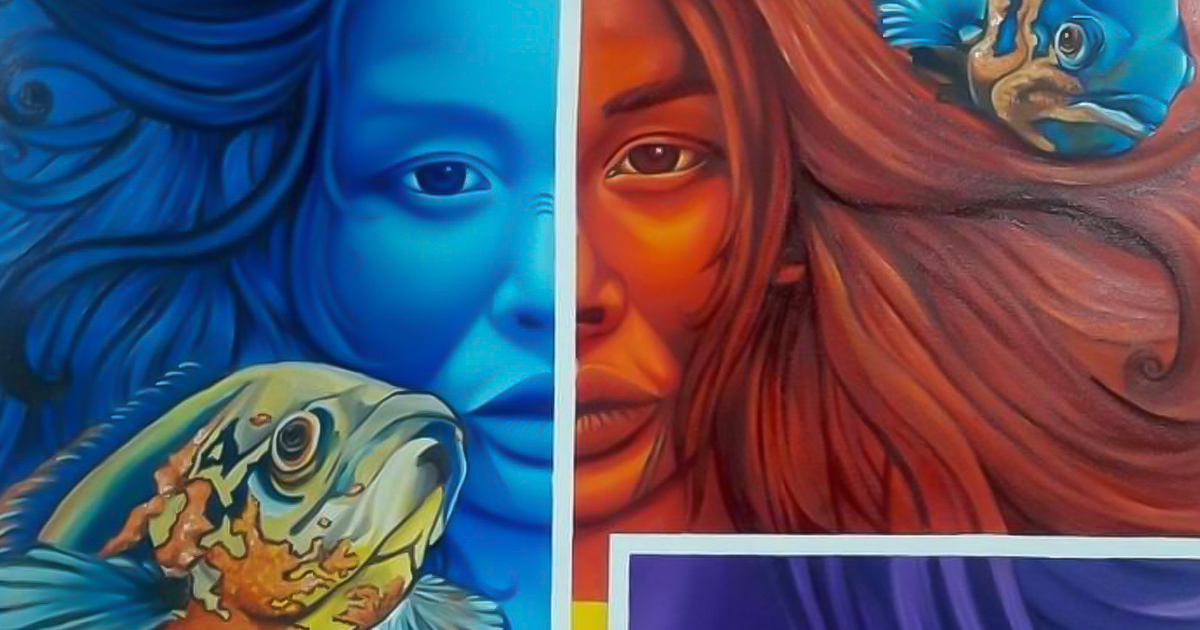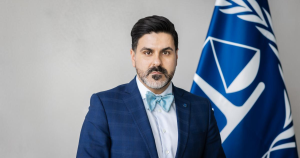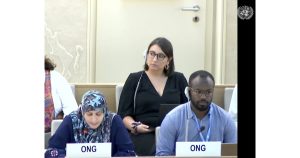Bartolina Sisa and the International Indigenous Women’s Day.
Bartolina Sisa was an Aymara indigenous woman who was brutally killed in 1782 for her resistance against the Spanish empire. In her honour, and to commemorate all the indigenous women who have since then fought for their peoples and lands, 5 September was established as the International Indigenous Women’s Day in 1983.
What do indigenous women stand up against?
Throughout their lives, indigenous women encounter different forms of discrimination and other violations of their human rights. They face structural discrimination, which results in limited access to job opportunities, a lack of access to social programs and services, political exclusion and displacement or marginalisation. Additionally, in some cases, the extractive activities in their territories put them at risk of gender and sexual violence.
Climate change aggravates and adds to the existing problems. For example, a number of studies have shown that women are more vulnerable to the effects of toxic pollution, which can result in serious health problems for the new generations they are giving birth to.
Whatever hurts the natural environment, hurts indigenous women.
Women are strongly dependent on natural resources for their survival, given their lack of access to other economic activities, and responsible for providing food and water to their families. Indigenous women are not only linked to the natural environment because they are food providers, but the connection goes much deeper. The natural environment around them is seen by indigenous women as part of their being, so climate change not only deeply affects what they do, but also what they are.
Indigenous women are often at the forefront of the defense of human and environmental rights.
Given the historical and structural violence faced by indigenous women, now aggravated by climate change and its devastating effects, they are often on the frontline of the defense against abuses and crimes, whether against human rights or the environment. While being on the frontline of all fights against all abuses is sometimes their only choice, a necessity for survival, it adds to the risks and violence faced by the women who decide to stand up for their rights, and those of their communities and nature. Having indigenous women on the frontlines represents a threat to those supporting the existing power structures and cultures of discrimination, so they respond in hostile ways.
Indigenous women are still facing the same fate as two centuries ago.
In March 2016, Berta Cáceres, a Honduran indigenous woman who defended the territory and rights of the indigenous Lenca people, was killed in her own home. The Honduran National Criminal Court found that the men responsible for the crime, who were convicted guilty for murder, had been hired by a company building a dam against which Berta led a successful campaign. Her case became emblematic of the struggles and dangers faced by indigenous women defending their people and the environment, a fate not very different from that met by Bartolina more than two centuries ago. This means that, in spite of all the work done in the past century to advance human and environmental rights, indigenous women are still met with violence by those who still support colonialist and patriarchal values.
Indigenous women can help solve the current crises of our world.
Indigenous women have for centuries shown strength and resilience. They have shown the capacity not only to provide for and nurture their communities, but also fight for them, facing different forms of discrimination and violence throughout their lifetime. Taking care of themselves and their communities also means taking care of the natural environment, with which they have an unbreakable connection. For these reasons, NPWJ calls for the inclusion of indigenous women in the creation of solutions to slow down climate change and combat the structural discrimination and violence linked to colonialism and patriarchy. Given that indigenous women have experienced these obstacles directly, and that they are so deeply connected to the natural environment, their knowledge is key for the construction of real and sustainable solutions to both climate change and the structural discrimination they have faced for too long.
What can you do? Here are some ideas:
Support social movements and initiatives led by indigenous women, share news about indigenous women in social media, call for their protection and for their inclusion in panels and discussions on climate change and discrimination and violence against women, challenge the structural discrimination around you and acknowledge the role of indigenous women in protecting the natural environment we share and defying violence and abuse in its multiple forms.




